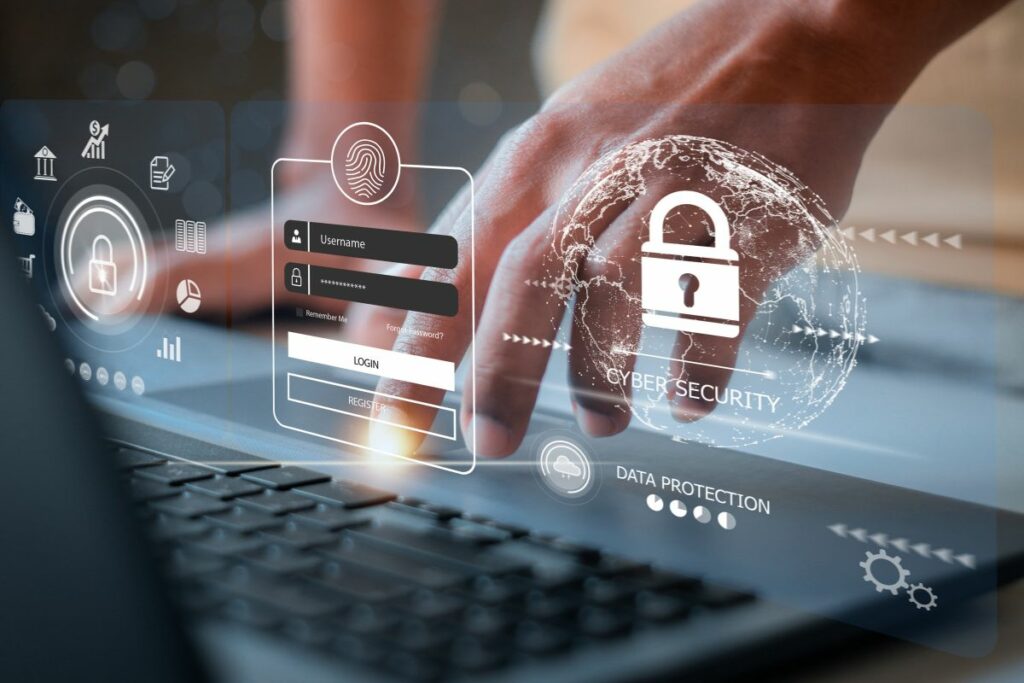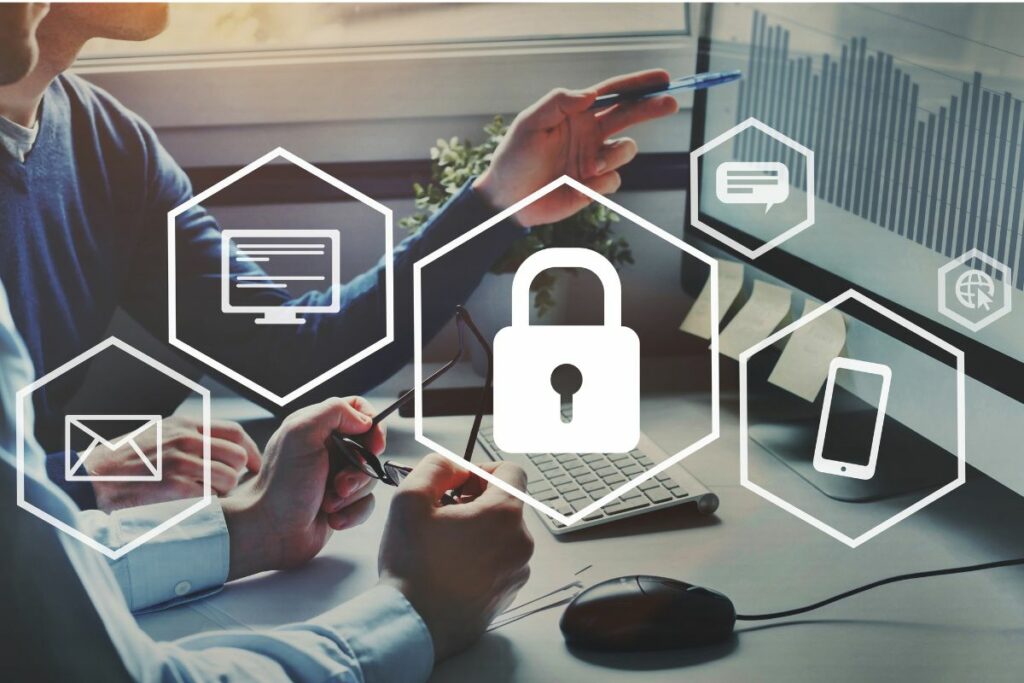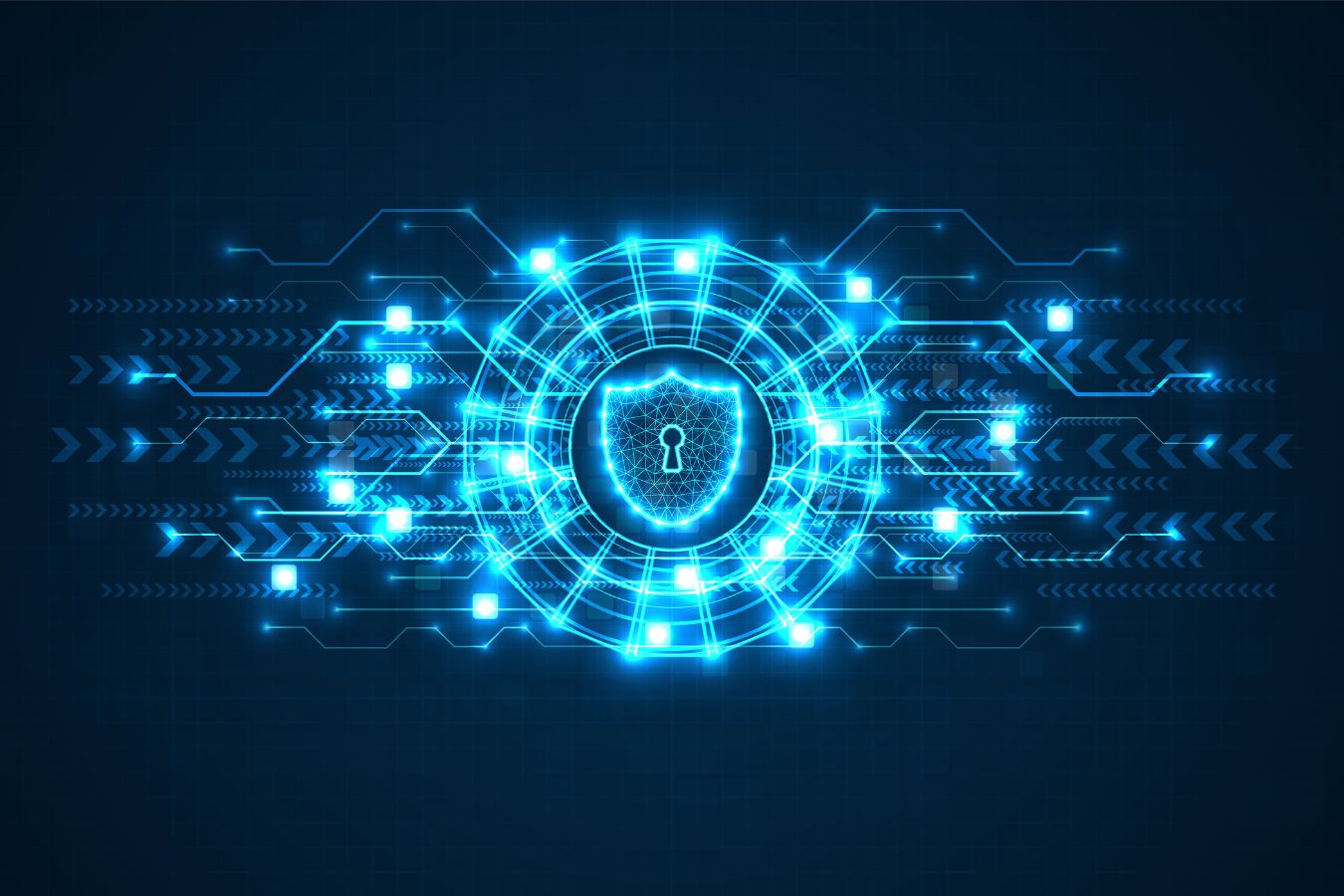Creating a cybersecurity culture in your organization is vital to protect against evolving threats. Data breaches and cyberattacks are significant risks in today’s digital landscape.
In this article, you’ll learn tips for building a strong cybersecurity culture to safeguard your business and sensitive information. From raising awareness among your employees to implementing best practices and leveraging technology, you’ll discover actionable steps to fortify your company’s defenses and instill a proactive cybersecurity mindset across your organization.
Cybersecurity Culture: What You Need to Know
What Is Cybersecurity Culture?
Cybersecurity culture refers to the collective attitudes, behaviors, and practices related to cybersecurity within an organization. It encompasses the values, beliefs, and norms guiding employees’ perceptions and approaches to cybersecurity.
A strong cybersecurity culture promotes a proactive and security-conscious mindset among employees, encouraging them to prioritize security measures, adhere to policies and procedures, and actively contribute to protecting the organization’s digital assets.
Why You Need a Strong Cybersecurity Culture?

Establishing a robust cybersecurity culture is essential for fostering a secure work environment, reducing the risk of data breaches and cyber threats, and promoting vigilance and responsibility regarding cybersecurity.
Moreover, developing a strong awareness and know-how on cybersecurity can save your business millions. Just think about this: cybercrime will cost enterprises an estimated $10.5 trillion yearly by 2025.
Here’s a detailed look at compelling reasons why building a strong cybersecurity culture is crucial:
- Protection Against Cyber Threats: A strong cybersecurity culture equips your organization with the awareness and skills needed to defend against cyber threats like phishing, malware, and data breaches.
- Mitigation of Human Errors: Human errors, such as clicking on suspicious links or using weak passwords, are major vulnerabilities. A cybersecurity culture educates employees on best practices to reduce these risks.
- Compliance and Regulatory Requirements: Many industries have strict compliance and regulatory requirements for data protection. A strong cybersecurity culture ensures your organization meets these standards.
- Protection of Sensitive Information: Safeguarding sensitive information, including customer data and intellectual property, is critical. A cybersecurity culture emphasizes the importance of data protection and confidentiality.
- Maintaining Business Continuity: Cyber attacks can disrupt operations and lead to downtime. A strong cybersecurity culture includes plans for incident response and business continuity to minimize the impact of cyber incidents.
How to Build a Strong Cybersecurity Culture

Building a strong cybersecurity culture requires a proactive approach that involves educating, engaging, and empowering employees at all levels of the organization. Here are key steps to help you build a robust cybersecurity culture aligned with the demands of an evolving workplace of the future.
Education and Training
Provide comprehensive cybersecurity training to all employees, covering topics such as recognizing phishing emails, creating strong passwords, and safely browsing the internet. Ensure that training is ongoing and includes updates on emerging threats.
Clear Policies and Procedures
Establish clear cybersecurity policies and procedures that outline expectations for employee behavior regarding data protection, use of company devices, and reporting security incidents. Communicate these policies regularly and ensure they are accessible to all employees.
Leadership Support
Gain support from organizational leaders and executives for cybersecurity initiatives. Leadership should set an example by prioritizing cybersecurity, allocating resources for training and tools, and actively promoting a culture of security awareness.
Employee Engagement
Engage employees in cybersecurity initiatives by encouraging them to report suspicious activities, participate in awareness campaigns, and provide feedback on security practices. Foster a sense of ownership and responsibility for cybersecurity among all employees.
Regular Assessments and Audits
Conduct regular assessments and audits of your cybersecurity practices, systems, and policies to identify vulnerabilities and areas for improvement. Use the findings to implement corrective actions and enhance security measures.
Technology Solutions
Invest in cybersecurity technology solutions that can not only maximize your IT processes but also help provide stronger security. Technologies like firewalls, antivirus software, encryption tools, and intrusion detection systems are essential components. Ensure that these tools are regularly updated and aligned with your cybersecurity strategy.
Incident Response Planning
Develop and regularly update an incident response plan that outlines procedures for responding to cybersecurity incidents. Conduct drills and simulations to test the effectiveness of the plan and train employees on their roles during an incident.
Continuous Improvement
Cybersecurity is an ongoing process that requires continuous improvement and adaptation to new threats. Stay informed about the latest cybersecurity trends, best practices, and technologies, and adjust your cybersecurity culture accordingly.
By implementing these strategies and fostering a culture of cybersecurity awareness, your organization can significantly reduce the risk of cyber threats and protect sensitive information, ultimately safeguarding your business and reputation.
Promoting a Culture of Responsibility

In building a strong cybersecurity culture, it’s crucial to emphasize the need for every employee to take responsibility for cybersecurity. Here’s how you can promote a culture of responsibility within your organization:
- Clear Policies and Expectations: Establish clear cybersecurity policies and communicate them effectively to all employees. Outline expectations regarding data handling, password management, use of company devices, and reporting security incidents.
- Lead by Example: Leadership plays a key role in promoting a culture of responsibility. Leaders should demonstrate good cybersecurity practices and encourage open communication about security concerns.
- Encourage Reporting: Create a culture where employees feel comfortable reporting suspicious activities or potential security incidents without fear of reprisal. Implement a reporting system that allows employees to report incidents or seek help easily.
- Recognition and Rewards: Recognize and reward employees demonstrating exemplary cybersecurity practices or reporting security incidents promptly. This can encourage others to take cybersecurity seriously and contribute to a culture of responsibility.
- Regular Audits and Assessments: Conduct regular audits and assessments of your cybersecurity measures to identify areas for improvement. Involve employees in these assessments to gather feedback and insights into potential security gaps.
- Continuous Education: Cyber threats evolve constantly, so ongoing education is essential. Provide resources such as newsletters, workshops, and online courses to keep employees updated on the latest cybersecurity trends and best practices.
By promoting a culture of responsibility, organizations can empower employees to become active participants in cybersecurity efforts, strengthen their defense against cyber threats, and protect sensitive information effectively.
Leveraging Technology
Technology plays a critical role in supporting and enhancing a cybersecurity culture within organizations. Here’s how you can leverage technology to bolster your cybersecurity efforts:
Interactive Cybersecurity Training Programs
Building a strong cybersecurity culture within an organization involves leveraging technology strategically. One crucial aspect is implementing interactive cybersecurity training programs using platforms like e-learning tools and simulated phishing attacks. These programs educate employees on best practices while highlighting cybersecurity’s significance in safeguarding company assets.
Deployment of Advanced Security Tools
Another important step is deploying advanced security tools such as endpoint protection and intrusion detection systems. These tools not only enhance security measures but also demonstrate the role of technology in protecting sensitive information. Automation of security policies, like enforcing strong password protocols, ensures consistent adherence to security standards across the organization.
Regular Security Assessments and Monitoring
Regular security assessments and vulnerability scans, facilitated by technology, help identify and address potential security gaps proactively. Additionally, technology-driven security monitoring tools provide real-time alerts and insights into potential threats. This supports a robust incident response plan for the swift detection and mitigation of cybersecurity incidents.
Utilization of Technology Platforms for Engagement and Education
Utilizing technology platforms for employee engagement, continuous education, and updates on emerging cyber threats further strengthens the cybersecurity culture. These platforms foster a proactive and informed approach towards cybersecurity, ensuring that employees are aware of evolving risks and equipped with the knowledge to mitigate them effectively.
Common Challenges

When building a cybersecurity culture within an organization, several common challenges may arise that can impact the effectiveness and resilience of the cybersecurity framework.
These challenges encompass a range of factors, including human behavior, resource allocation, regulatory compliance, technological complexity, and the dynamic nature of cyber threats. Addressing these challenges is critical to establishing a robust cybersecurity culture that protects sensitive data, mitigates risks, and enhances overall organizational security posture.
Lack of Awareness and Training
One of the primary challenges is the lack of awareness among employees regarding cybersecurity threats and best practices. Without adequate training and education, employees may not understand the importance of cybersecurity or know how to identify and respond to potential threats effectively.
Compliance and Regulatory Requirements
Meeting compliance standards and regulatory requirements can be a significant challenge, especially for organizations operating in highly regulated industries. Keeping up with evolving regulations and ensuring that cybersecurity practices align with these standards requires ongoing effort and resources.
Limited Resources and Budget Constraints
Many organizations face resource and budget constraints when it comes to cybersecurity initiatives. Allocating sufficient resources for training, acquiring advanced security tools, and implementing robust cybersecurity measures can be challenging, particularly for small and medium-sized businesses.
Complexity of IT Infrastructure
The complexity of IT infrastructure, including the use of diverse devices, networks, and cloud services, can pose challenges in ensuring comprehensive cybersecurity coverage. Managing security across multiple platforms and endpoints while maintaining performance and usability can be a daunting task.
Insider Threats and Human Error
Insider threats, whether intentional or unintentional, are a significant concern for cybersecurity. Employees or contractors with access to sensitive data may inadvertently compromise security through actions such as clicking on phishing emails or mishandling confidential information.
Rapidly Evolving Threat Landscape
The cybersecurity landscape is constantly evolving, with new threats and vulnerabilities emerging regularly. Keeping pace with these threats, staying updated on cybersecurity trends, and adapting security measures accordingly require continuous monitoring and proactive risk management.
Resistance to Change and Cultural Barriers
Implementing a cybersecurity culture often requires changes in behavior, processes, and organizational norms. Resistance to change, lack of buy-in from leadership, and cultural barriers within the organization can hinder efforts to establish a strong cybersecurity culture.
Partner with Ramcotek Consulting for Expert IT Solutions
Establishing a strong cybersecurity culture is not just about implementing technical solutions but also about fostering awareness, education, and a sense of responsibility among employees. By following the tips and strategies outlined in this article, you can build a resilient cybersecurity culture that safeguards your business against evolving threats, reduces the risk of data breaches, and promotes a proactive approach to cybersecurity.
As you focus on building a robust cybersecurity culture within your organization, consider partnering with an expert IT services and security provider. Our team of tech enthusiasts at Ramcotek Consulting is committed to helping businesses like yours achieve success through strategic technology initiatives.
Don’t let cybersecurity challenges hold your business back. Contact our IT consulting experts today to discover how our customized technology solutions can safeguard your business, maximize efficiency, and propel your mission forward.




